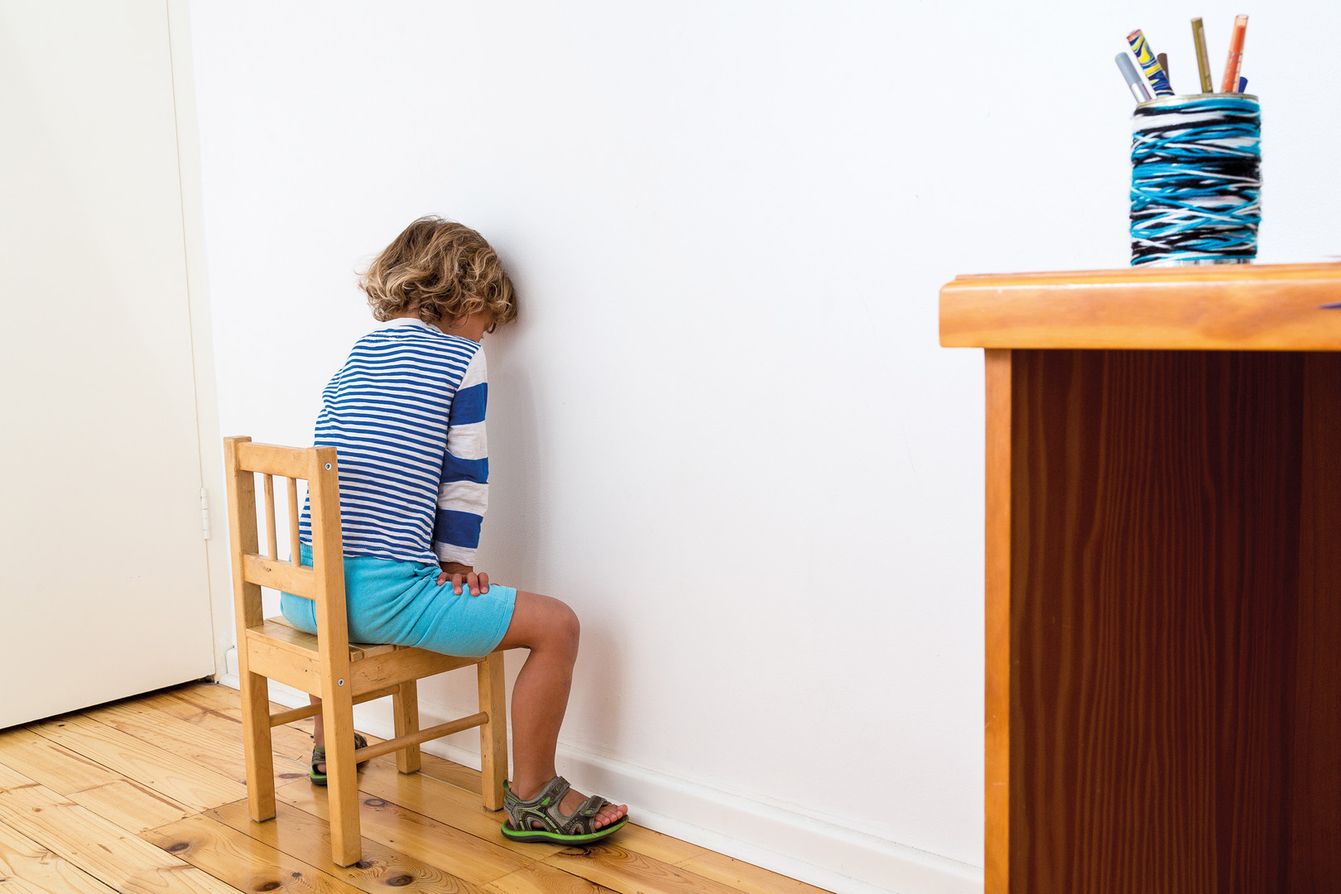How to discipline children is a discussion often filled with controversy. Some say spare the rod and spoil the child. Others believe giving children quiet time doesn’t help them regulate their feelings. Is time-out a positive punishment? Two mums share their views.
Would…
Sarifa Younes
Melbourne, Victoria
I see time-outs as an essential learning tool for emotional intelligence—if it is used right. I introduce it more as a concept of managing my child’s emotional states and a way for them to become more self-aware of their emotions and the need to have a break from outside stimuli, a skill which is invaluable throughout school years and later life.
Some parents introduce time-outs as a threat and remove the child from the space, and often with it, from their presence. To me, a time-out is asking or gently offering the child to get some fresh air when feeling frustrated, diverting attention or simply changing the activity until the child feels better. There are different forms of time-outs, however I believe they ought to be used to help the child, not to threaten or punish them.
If the behaviour is really unacceptable, the way the time-out is introduced might be more stern and affirmative, yet still ride on an undertone of love and care. We are addressing a behaviour that was less than ideal, not the child who is “bad”. Keeping the focus on just the action allows for the child to learn they can choose better actions, rather than feel that they are bad. Keep this in mind, no matter what type of time-out is given.
Some parents use “quiet time” for self-reflection and “time-out” for more inappropriate behaviours. With the children and staff at my early childhood learning centre, I have always used a scale of time-out, depending on the situation. The fundamental has always been to give the child an opportunity to reflect on themselves, their behaviour and to realise that different choices of behaviour get different responses.
Read: Smacking children: The only time you should do it
Would not…
Dympna Kennedy
Sydney, New South Wales
I believe discipline is about teaching, guiding and supporting a child, which means we should be focusing on time-ins rather than time-outs. Time-out is asking a child to manage their emotions in isolation—something they have shown they were unable to do, which led to the undesirable behaviour in the first place.
If a child hits a younger sibling and was sent to time-out, the parent believes it will teach them not to hit in the future. However, the child is not sitting in time-out thinking, It wasn’t right to hit my sibling, I’m six, I should know better. Instead, they are likely to be planning their revenge on the sibling who got them into time-out.
Parents need to teach, guide and support, which can only be achieved with time-ins. Time-ins is where the parent remains with the child. The parent responds to the child, first by connecting on an emotional level and then following up with logic.
In time-outs, a parent reacts with logic to an emotionally fragile child, which risks sending the child into a higher emotional state or it silences the child through fear of further consequences.
Children need us to be with them to manage their emotions until they can do it on their own. By sending them to time-outs, we risk sending the message, “If you have a problem, you need to deal with it on your own.”
If we are there for them when they are little, they will turn to us when they are older because they will innately know that no problem is too great that they cannot share with you.
How helpful was this article?
Click on a star to rate it!
0 / 5. 0
Be the first to rate this post!
Mums At The Table
Related posts
Subscribe
Receive personalised articles from experts and wellness inspiration weekly!


